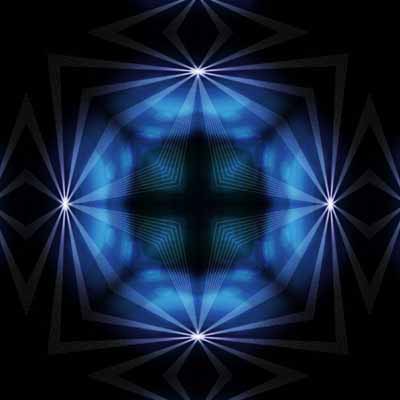This was a great festival for stories. Maybe because we had quite a few people this year. There was a close-encounter tale, an amazing account of attending at over 1000 births, quite a yarn about blowing the whistle on the boys at KBR, a porpoise joke, poignant stories about meeting Janice Joplin, knowing the iconic victim of the Kent State riots, recollections of visiting Ram Dass in New Hampshire, and of course there was our own SPACE story, which we followed as it traveled back to the old commune on Gregory Street... a memorable event we will spin into future stories.
In the beginning (Wednesday) there was One. By Thursday there were eight of us including this year’s Mystery (unexpected) Spacenique. Good music at the campsite.
Fridayday: A hike down to Dark Hollows Falls. Five more Spaceniques arrived in the afternoon. Most all of us went to the campsite for an excellent potluck. Good food, good music, good people.
Friday evening: Another newcomer arrived -- a total of four. Most everyone congregated to swap stories and socially propagate archetypal cosmic eschatology. (According to Pooh “It’s the same thing.”)
Saturndayday: Rain in the morning. Will we be able to hang out in the Meadow? Yes! Here comes the Sun! Warm and sunny. For the first time ever, we read the Story from the Scroll itself.
This year was a bicontinental bicentennial quartertoss -- in addition to all the quarters thrown in the Meadow and across the U.S., one was thrown from Gaborone, Botswana!
MidSummer’s Eve: Most of us ate at the lodge. It took a loong time but we had plenty to talk about to keep ourselves entertained. We couldn’t go up to Blackrock this year because they were trying to protect the falcons. (We really would’ve been nice to the falcons if they’d let us.) We watched the sunset anyhow.
All 15 of us gathered for the TimeScan®. Tracing the Story back to 1973 was spellbinding and the return trip had us all oohing and ahhing.
Sunday and beyond: Some folks left early. Most of us met for breakfast at the lodge. Those of us who stayed had a pleasant day hanging out, eating, watching videos or listening to CDs, chatting and hanging out. Some folks left Sunday evening; others left Monday morning. And then there was One.
Having been some days in preparation, a splendid Time was guaranteed for all.
(Check out some cool photos from this year’s festival on the June 22 entry below.)

 In physics, a unified field theory is a type of field theory that allows all of the fundamental forces between elementary particles to be written in terms of a single field. There is no accepted unified field theory yet, and this remains an open line of research. The term was coined by Albert Einstein who attempted to unify the general theory of relativity with electromagnetism. A Theory of Everything is closely related to unified field theory, but differs by not requiring the basis of nature to be fields, and also attempts to explain all physical constants of nature.
In physics, a unified field theory is a type of field theory that allows all of the fundamental forces between elementary particles to be written in terms of a single field. There is no accepted unified field theory yet, and this remains an open line of research. The term was coined by Albert Einstein who attempted to unify the general theory of relativity with electromagnetism. A Theory of Everything is closely related to unified field theory, but differs by not requiring the basis of nature to be fields, and also attempts to explain all physical constants of nature.
